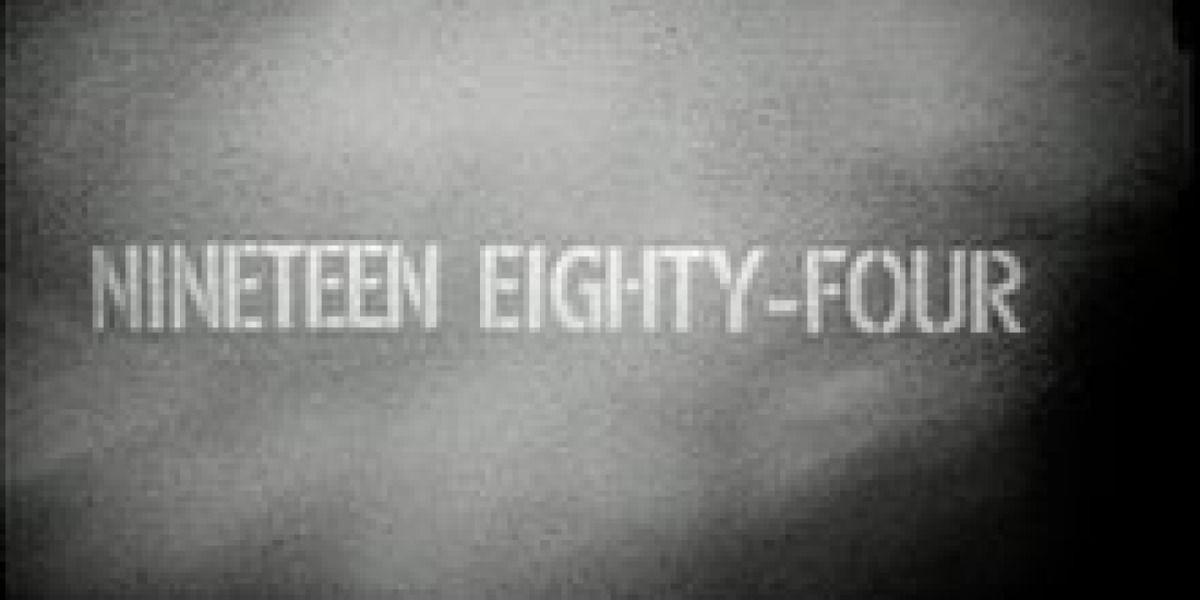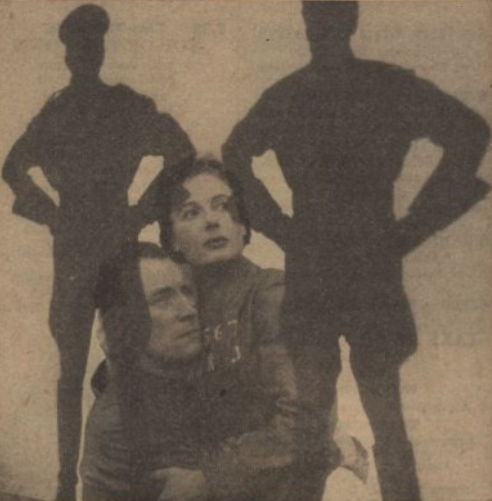Nineteen Eighty-Four (1954)

Radio Times, December 10, 1954: The action takes place in 1984, in London, the chief city of 'Airstrip One' (formerly called Great Britain), now a Province of the State of Oceania.
| Production company/ies | Broadcast station(s) | Broadcast date(s) |
|---|---|---|
| BBC | BBC Television Service (1954) BBC 2 (1977 & 1994) | December 12, 1954 (8.30pm) December 16, 1954 (9.30pm) August 3, 1977 (9.00pm) July 1, 1994 (11.15pm) |
Production credits
| Producer(s) | Director(s) | Writer(s) | Other notable credits |
|---|---|---|---|
| Rudolph Cartier | Rudolph Cartier | Nigel Kneale | Designer: Barry Learoyd Incidental music: John Hotchkiss, conducting the BBC Television Orchestra |
Acting credits
The Party
| The Proles
|
According to IMDb, the Narrator was Richard Williams, and PETER SALLIS had a minor, uncredited role.
Notes
| The 1954 television adaptation of George Orwell's novel "Nineteen Eighty-Four" was a significant production by the BBC, broadcast as part of the "BBC Sunday-Night Theatre" series on the BBC Television Service. The story follows Winston Smith, who lives in a dystopian society under the oppressive rule of Big Brother. Winston works at the Ministry of Truth, where his job is to alter historical records. He begins to rebel against the regime by falling in love with Julia and seeking truth and freedom. The broadcast was highly controversial, leading to questions in Parliament and numerous viewer complaints due to its intense and disturbing content. Despite the controversy, it was a landmark production that left a lasting impact on television drama and popularized phrases like "Big Brother is watching you". |  | |
This play gave Peter Cushing one of his first major roles. He would become a film star, as would his co-star Donald Pleasance. Pleasence was the only member of the cast present in the 1956 feature film adaptation of the story, playing an amalgamation of "Syme" and "Parsons" with the latter's name.
Until the early 1960s, the vast majority of the BBC's television was performed live. Nonetheless, there was a certain degree of pre-shooting in the form of inserts on film, which could be played into the studio and broadcast as part of the play to cover changes of scene or show location material which would have been impossible to mount live in the studio. A tele-recording of the play was shown in 1977 and 1994.
